This year the Warley Model Railway Club held its annual exhibition on the 23rd and 24th of November 2019 at the National Exhibition Center in Bermingham and my club, the Gosport American Model Railroad Group, took our N Scale Layout ‘Solent Summit’.
‘Solent Summit’, unlike most model railways at exhibitions, is modular, which means we can increase or decrease the size and alter the shape to suit the space we’re given. And for small shows being smaller makes the layout more manageable. But given that the Warley exhibition at the NEC is one of the largest in the UK we took everything, well just about everything.
The space we had was 65′ by 26′ and we filled it with just under 5 scale miles of scenic sections; the yard space was not included in the length calculation.
To give you an idea of how big the show is, our layout, which was the largest in the show, is circled in red on the plan below. We had a nice central spot.

We arrived on Friday at midday to set up, which took 7 hours. Cottesmore Model Railway made this short video below showing the hall when we arrived followed by the crowds as the show opened on Saturday morning. It gives some idea of the size of the show.
The configuration of ‘Solent Summit’ for this show was a large letter E with ‘East Yard’ being at the top and ‘West Yard’ at the bottom. The mainline is a single track with three large passing places evenly spaced along the line. This means that there are always five or six trains on the mainline at the same time. There are several other passing places but as we run lots of long trains we needed to keep to the three main ones to avoid getting jammed.

The photo below shows the layout from the bottom right corner just before we got going on Saturday morning.

Given the size and all the new modules we had, I thought I would talk you through them all, starting at the East Yard. The majority of the photos here have been taken by our friend Paul Begg who let me use them as I had very little time once the show was open, and he’s a better photographer than me!
The East Yard has 6 tracks with trains entering on the right and leaving on the left. The combined storage shown here is 141′ 3″ of trains. Typically we have three trains in each line. The ‘West Yard’ is the same size and trains will set out from each yard at the same time, pass each other at one of the three passing places and enter the opposing yard. Once all the trains have swapped ends, we start again. A few trains are special in that they exchange with other trains on the layout. For example, a coal train can leave ‘West Yard’ and stop in the ‘Power Station’. The engineer will then continue the journey with another train from the ‘Power Station’ to fill the space in ‘East Yard’.

Leaving the East Yard the twin tracks enter the scenic boards and the first is ‘East Fork’ which is a two-into-one board. The M-10000 pictured below, often referred to as the Earth Worm, was built in 1935 for Union Pacific and was the first of their streamliners. It’s leaving the East Yard on its 5-mile run.
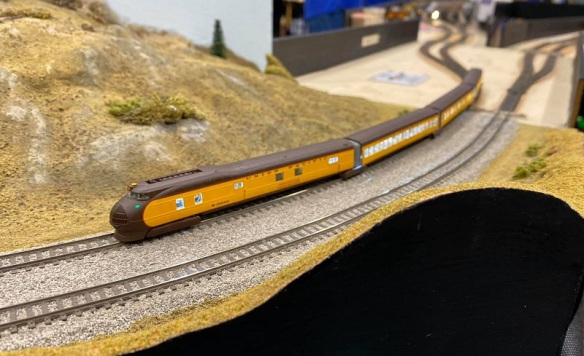
‘East Fork’, as you can see, ends with the standard single track. The lights on the side of the module indicate if the turnout is set for entry or exit; currently it’s set for exit. They are repeated on the back of the module and help us see what’s going on from a distance.

The line now crosses a creek on ‘Rocky Creek’ built by Chris before entering ‘Tunnel 31’.

‘Tunnel 31’, built by Bob, has a small homestead with gravel roadway causing all trains to blow their whistles as they pass. The module also has an automatic signal system triggered as trains pass through the tunnel.

Emerging from the tunnel we enter ‘Bob’s Pickle’ which is a double module. This busy area, built by Bob, features several industries including Bob’s Blue Circle Pickles, Branstone Cement Works, Dunno-Watt Inc & King’s Scrapyard. The complex also has a small passenger depot. Running across the bridges is an overhead electric “inter-urban” shuttle service which runs a regular schedule between communities at the extremities of the module.

This module set can also be used for passing smaller trains. The pickle works and cement factory are both kits from The N Scale Architect with 3D printed pickle cars, designed by me, and they can be found here.

Lurking at the back of the modules are the trio of Alco C-855s awaiting their next duty.

Leaving ‘Bob’s Pickle’ we enter the ‘Coal Mine’ also built by Bob. The mainline runs through the tunnel nearest the front and three lines enter the coal mine for the loading of coal.

A UP Gas turbine with Alco FA & FB helpers sits on a train ready to go, as does a Big Boy on the far track. This is one of the exchange points for other trains leaving the yard, but coal trains only exchange running West to East. I’ll explain why later on.
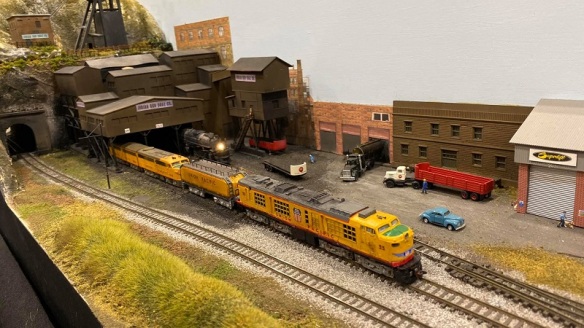
As the mainline emerges from the tunnel it crosses ‘Hell’s Glen’, again built by Bob, which is a curved steel trestle over a deep ravine and a road before plunging into another tunnel.
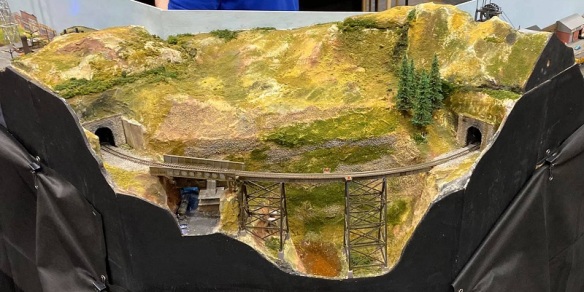
As the mainline leaves the tunnel it enters ‘Power Station’, again built by Bob, which is home to the Solent Power & Light Company.

The interesting thing about these three modules is they are actually a set. The UP caboose you can see is the other end of the train headed by the Gas Turbine. Two tracks run behind ‘Hell’s Glen’ connecting the coal mine and power station. That way loaded coal trains can leave the coal mine and run into the power station, and vise-versa for empty trains. Loaded coal runs West to East and empties East to West. This system can support trains up to 7′ long. The level crossing outside the power station has automatic crossing barriers which drop as a train approaches. A very nice touch is that the plant chimney also smokes.

Next, the line runs round a corner and splits into twin tracks at ‘West Fork’. This module is the opposite of ‘East Fork’ and can also be used as a yard entrance. This is also the start of the first passing place.
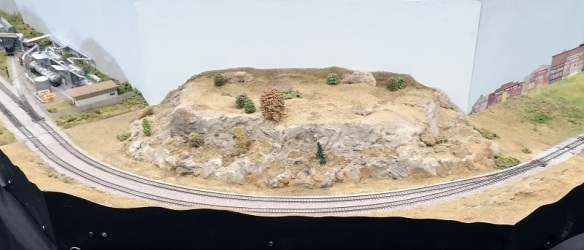
‘Dilithium Propellants’ is the first of the twin-track modules and features what looks like an oil refinery. But as any Star Trek fan will tell you, Dilithium crystals power starships!

After ‘Dilithium Propellants’ comes ‘Cascade Falls’ which has some large rock formations worn down over centuries by the water tumbling over the falls. This module is also twin tracked and both lines cross the river on steel bridges. We always try to pass on the right as this Burlington Northern GP38-2 is doing. These modules were built by Marten and donated to the club when he moved away.
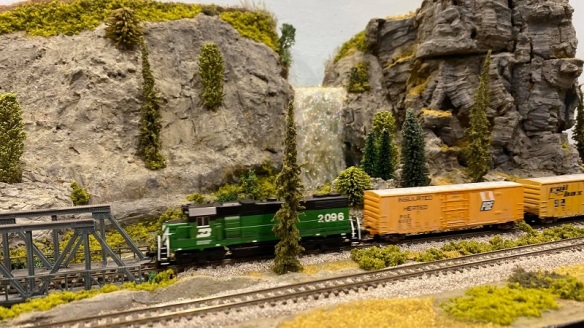 The line now curves again passing through “Twin Rocks’ built by Ted & Chris. As the name implies it’s also a twin-track module.
The line now curves again passing through “Twin Rocks’ built by Ted & Chris. As the name implies it’s also a twin-track module.

The twin-tracks continue through ‘High Plains’ built by Ted.

Ending the first passing place is ‘Desert Fork’ which is another two-into-one module.

‘Desert Fork’ can also be used as a yard entrance and has the lights on the sides.

The single track now continues through a module simply called ‘Trees’ built by Bob. This type of module we call mileage boards as they are just that, designed to add distance.

After running through all that open country, the line again enters a busy area and first up is ‘Allied Rail’ built by Chris. This module features a wagon and locomotive repair facility with the mainline passing in front.

 The line then curves through the town of ‘Forton’ also built by Chris.
The line then curves through the town of ‘Forton’ also built by Chris.

Another industrial area follows ‘Forton’ called ‘Westen Yard’ build by Ted. This twin module, like ‘Bob’s Pickle’ has many industries and can be used as a stand-alone switching layout.


The yard can also be operated as a switching puzzle. Trains arrive with freight cars in a random order, but identified with a color, as shown below. The color indicates which industry the cars need to be spotted at. Any cars already spotted at industries are removed and replaced with the new ones. The old cars leave with the next outbound train. Once spotting is complete a new train arrives and the puzzle starts again.

The yard has its own 0-8-0 switcher or ‘Yard Goat’.


Under the buildings at the back are hidden sidings to exchange trains for the puzzle if they are not being exchanged with the mainline.

Leaving ‘Western Yard’ the line curves through ‘Ted’s Farm’ not surprisingly built by Ted. The tail end of the long Southern Pacific Overnight express freight service can be seen leaving the module.

This Great Northern freight train rounds the corner passing the farm.

After the farm comes ‘Solent Summit Station, which is a triple module, the second passing place and the middle of the layout at two and a half miles. There are four lines; starting nearest to the station building is the station track, then the mainline, followed by a passing line and goods holding track with head shunts. We can pass trains up to 9’ here, one can be longer if it’s not stopping.

The station building is actually a model of the “Harvey House” at Seligman in Arizona. The Harvey Houses were a chain of hotel-restaurants that provided services to railroad passengers and served as station facilities. The Harvey House at Seligman was demolished in 2008, just before the ‘Solent Summit’ layout was started.
As this is the center of the layout there are frequent trains passing by and the SP overnight is headed by a massive AC12 Cab Forward, built between 1943 and 1944, and was the pinnacle of the SP steam power.

In comparison a vintage SP 2-6-0 from the turn of the century heads by on a scenic tour.
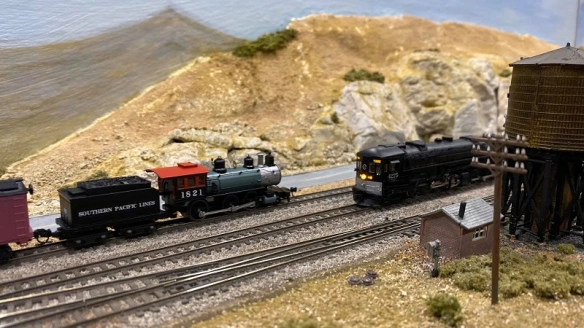
The line out of the west end of ‘Solent Summit Station’ can be either single or double track, which extends the possible passing length, but in this set up its single leading into ‘Jon’s Cut’. The module was originally built by Jon who is sadly no longer with us. In recent years it has been refreshed by Morgan to add the caravans and campsite. As the name suggests the line passes through a cutting with rock walls on both sides.

Leaving the cutting, the line enters ‘Sunkist’ which is a double module built by Ted. One end of the module has a small-town scene with a road crossing and there’s a small station depot in the middle. Ted says there are ninety-nine orange trees on the module, and he made each one of them.

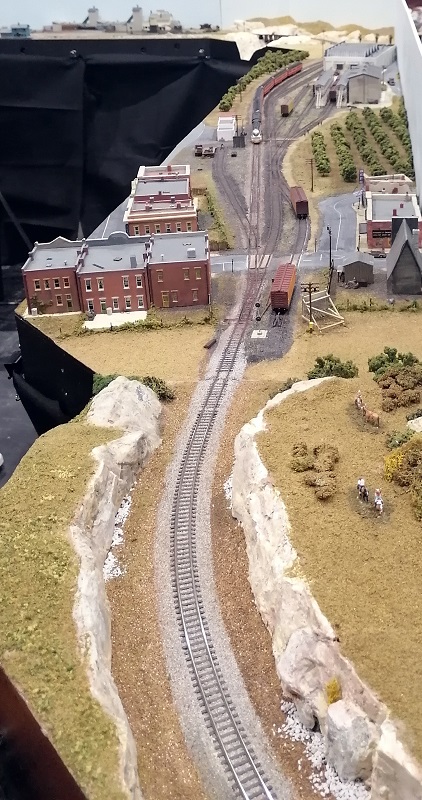

‘Sunkist’ is an orange plant complete with an ice house and ice loading platforms for filling refrigerator cars.
 The ice platforms can load six refrigerator cars at a time with ice. You can tell if a car is a basic box car or ‘reefer’ car as the reefers have hatches at both ends to load ice. Each car has an ice compartment at each end to refrigerate the center section. Depending on the distance the oranges will travel the railroad may have more ice houses and loading platforms along the route to top up the reefers.
The ice platforms can load six refrigerator cars at a time with ice. You can tell if a car is a basic box car or ‘reefer’ car as the reefers have hatches at both ends to load ice. Each car has an ice compartment at each end to refrigerate the center section. Depending on the distance the oranges will travel the railroad may have more ice houses and loading platforms along the route to top up the reefers.

Leaving the orange fields, the line rounds a corner and crosses an abandoned narrow-gauge line at ‘Trestle Curve’, also built by Ted.

‘New Mills’ is the next module and is built by me. It features a small passing place at a depot serving a factory complex. Due to a large number of parcel deliveries and local passenger trains stopping in both directions, the whole depot area has been boarded out.

The line then passes through ‘Flat Rock’ built by Ted. The large stone is protected as it’s believed to be spiritual, consequently, the line is curved around it.

The last built-up area in this section is ‘Water Street’ which is also a double module built by Chris.

‘Water Street’ has many industries and its own yard, arrival and departure tracks as well as its own sidings allowing for lots of switching. Some of the industries have covered unloading areas with in the buildings. This is another area where trains are exchanged with trains from the yards.

The through line runs at the front of the modules as seen by this Maersk Double stack train.


The line curves 90 degrees as it leaves the modules and enters the first of the incline or gradient modules ‘Pope Grade’ which was built by Kerry. The mainline passes through a large cut as it climbs uphill, from right to left, at 2.5%. The actual line raises 1 1/4″ over the 5′ module.
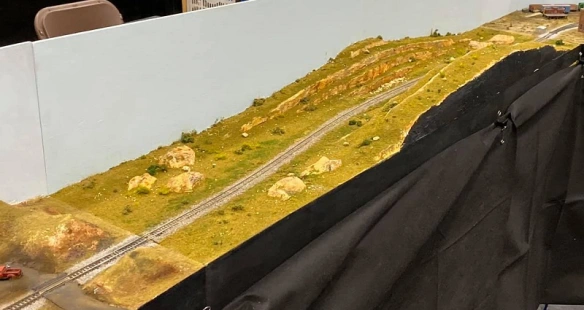
The track levels out and passes through ‘Oil’ which is a one-foot long module with a working oil well, or nodding donkey, pumping oil which was built by Bob.

Then the line enters my latest module ‘Tehachapi’.
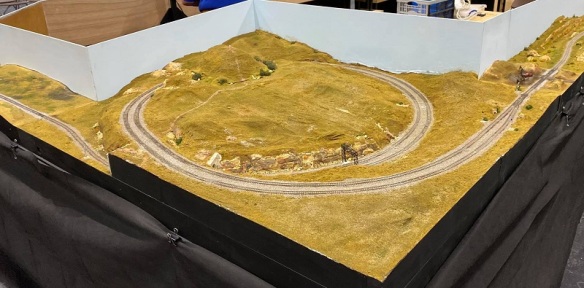
Not only is this the last passing place, capable of passing trains 17′ long, it also drops the mainline by 2 1/2″. Any train longer than 13′ will pass over, or under, itself as it traverses the loop.
The blur running down the hill (Not one of Paul’s photos) is the C-855 consist with a long UP box train passing the SP Overnight running uphill.

My previous post, which can be found here, has a lot more photos of the loop.
Leaving the loop, on the lower level, the mainline passes through ‘Plains’ built by Bob, which is another mileage board.

The mainline then curves again through the road crossing at ‘Majestic’ built by Ted.

‘Majestic’ has a hardware store and John Deere tractor dealership. A Streamlined SP 4-6-4 coasts by with the Hustler.
 This has been one of my favorite spots for capturing videos. Below are the set of C-855s passing by. (Filmed prior to Warley 2019.)
This has been one of my favorite spots for capturing videos. Below are the set of C-855s passing by. (Filmed prior to Warley 2019.)
And a Nickle Plate Railroad Berkshire, (Also filmed before the Warley exhibition.)
Leaving ‘Majestic’ the line hits the second incline or gradient module ‘Alver Grade’ built by Kerry. This also climbs uphill, from right to left, at 2.5% and raises the line1 1/4″ to return it to the standard level. The scenery is more hilly than rocky as a Norfolk & Western J1 winds its way through the trees.

Now back on the level, the line passes through ‘Sawmill’ built by Chris. Although it’s a single module it’s the longest we have at six feet. There’s a logging spur running out the back and it has several sidings to allow it to be a stand-alone switching area if required.

The mill pool is to the left of the module for washing the logs before they’re conveyed into the mill for cutting. Lumber products are loaded onto the freight cars and the sawdust is either burnt in the pyramid burner or loaded into high sided gondola cars for export.
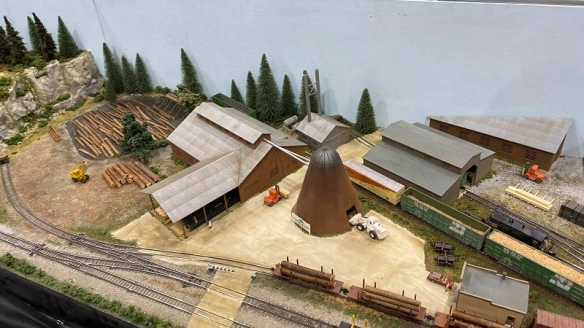

The line then passes my last module ‘Warsash Wye’ which is a scratch-built timber trestle spanning the Warsash River.

The trestle is loosely based on the ‘Keddie Wye’ trestle in California in that it splits with a line running out the back of the module. There’s a lot more on how I built this module in the How To section of this website.

After the passing the trestle, trains round the final curve on ‘Watson’s Siding’ built by Ted. The turnout is non-functioning as the siding and buildings are abandoned.

Next comes the ‘Hobo Camp’ built by Bob. This is another one-foot module with a group of hobos camping in an old caboose.

And the last scenic module is ‘Road Bridge’ which is another two-into-one board with the mainline passing under a road. A family has stopped on the bridge to do some train spotting, and it looks like they’re in luck as the C-855s are just getting ready to leave the yard. You can see a green light on the side of the module which means the turnout is set against the C-855s, for entry into the yard.
The twin lines then enter ‘West Yard’ which is a mirror of ‘East yard’. And that completes five miles of track.
As well as all the modules in the 5-mile setup, we also have an inner curved module with double-track called ‘Waltons Curve’ built by Chris and a single-track outer curved module called ‘Highway 61’ built by Ted, ‘Highway 61’ was named for the crossroads with Highway 49 where Robert Johnson sold his soul to the devil, and also Bob Dylan’s ‘Highway 61 Revisited’. We were unable to fit these into this layout configuration this time but I’m sure they’ll get an outing soon. Also to be completed are two small curves, one inner and one outer, with a 45° angle. These are single-track and will give us more flexibility with the layout shape as all the other curves are 90°.
Seeing the modules individually is great but it’s much better to see them all together so here is Southern Pacific GS4 number 4449, pulling the Morning Daylight, traversing the full five miles from ‘East Yard’ to ‘West Yard’.
Paul Begg who took all the great photos also took lots of videos, and here is his compilation. Now you know the different modules it should help you understand where the different bits were filmed.
‘Solent Summit’ also features for the first 12 minutes on the video below by DCC125.
We always enjoy running ‘Solent Summit’, no matter what size, so if you want to book it for your exhibition send me a message via the contact page. We can do almost any combination of modules and the layout can be small or large with anything inbetween.
It was my first time both as an exhibitor and as a visitor, and the enormous size of the show and the crowds it brings in meant I didn’t get to see very much of the rest of the show, but I hope to in the future and when I do I will share that with you.







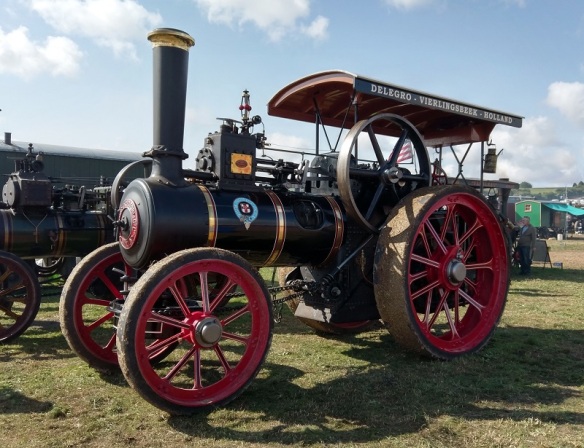



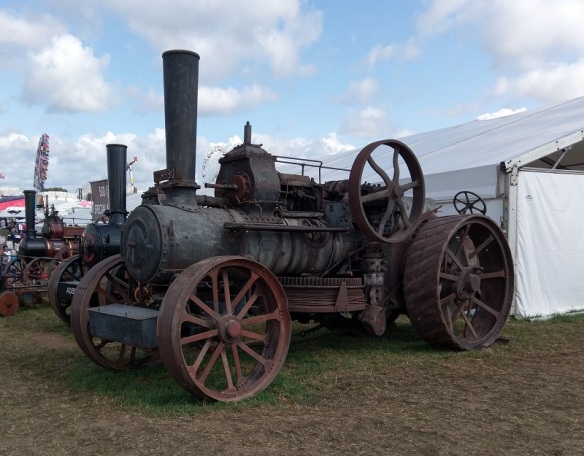

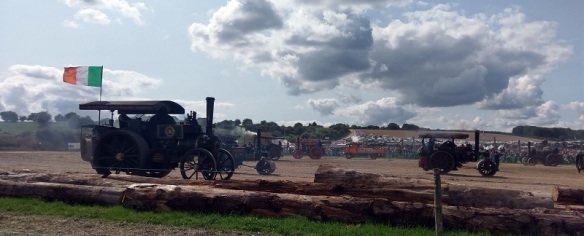

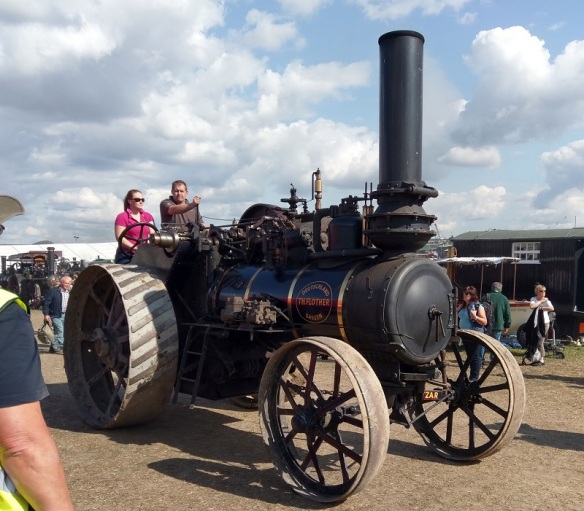


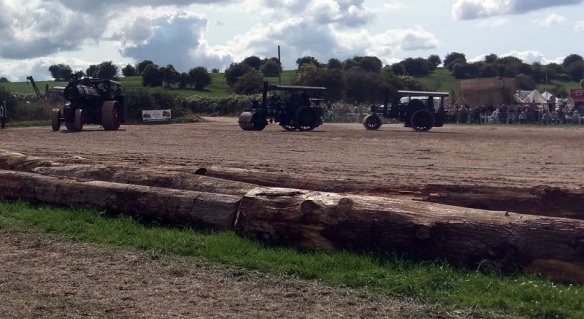







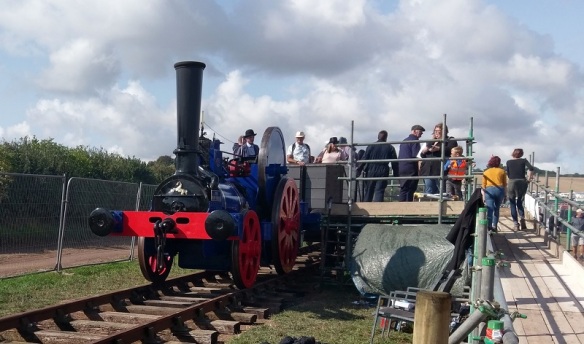
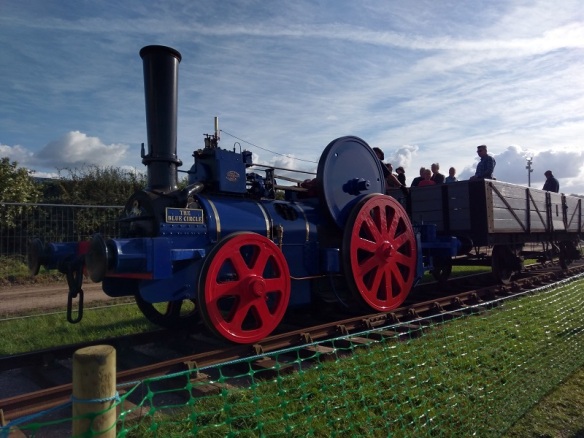
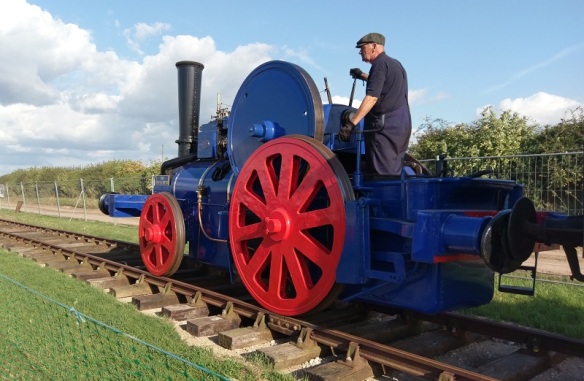



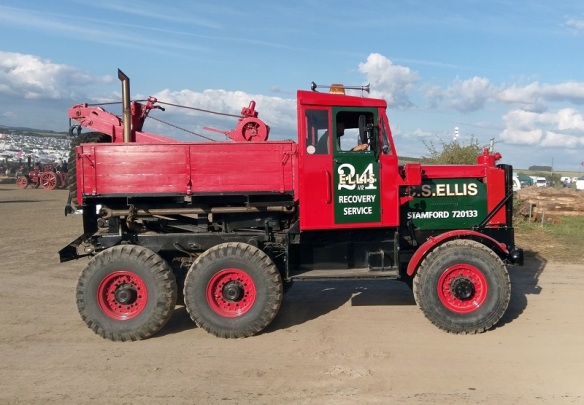
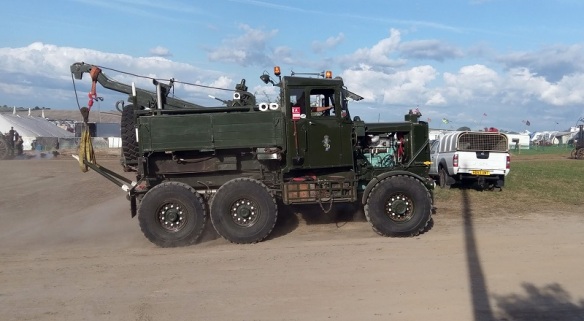
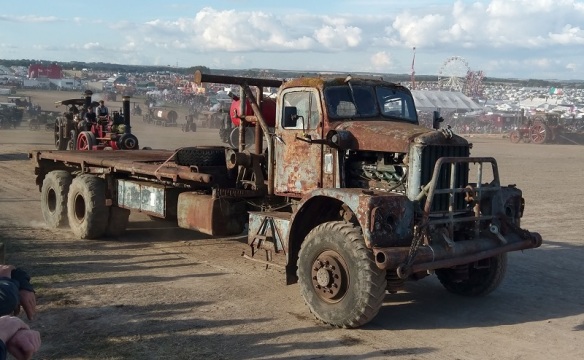





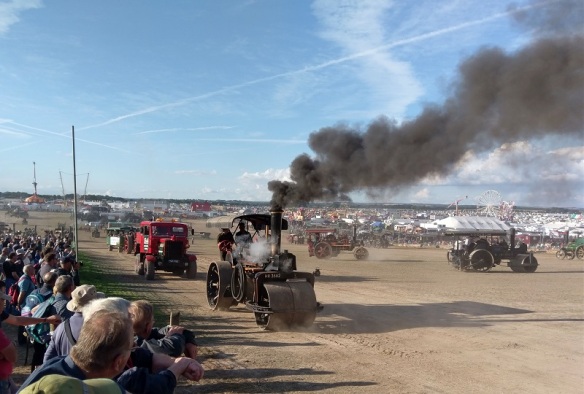







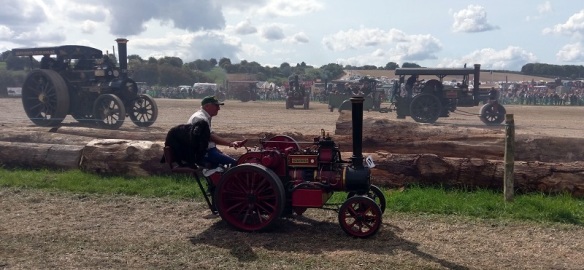










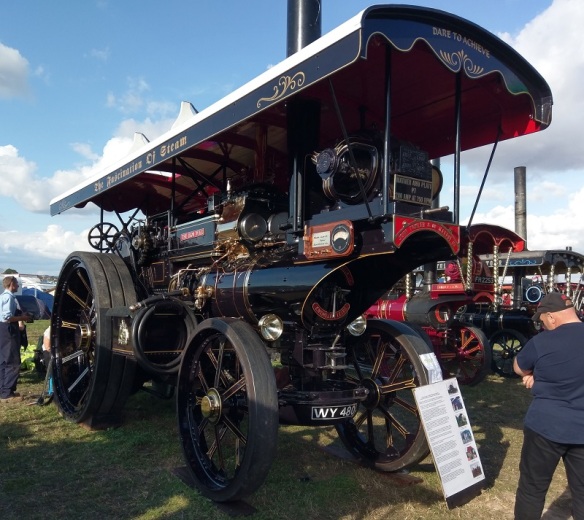


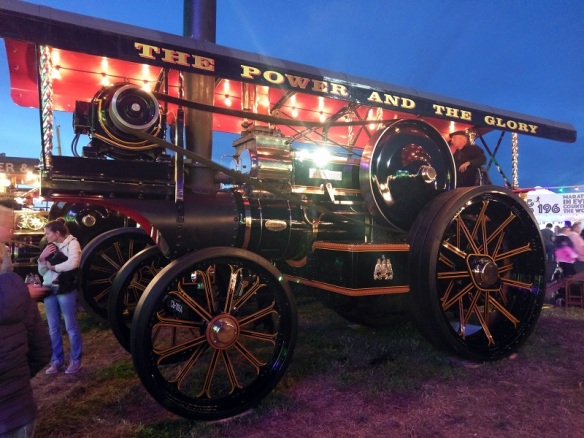

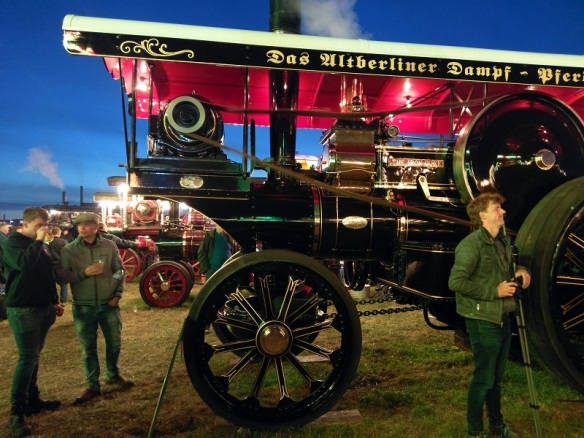



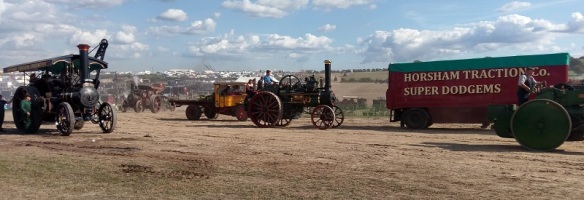
















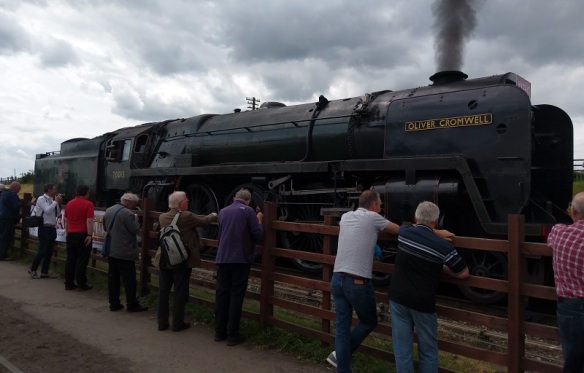

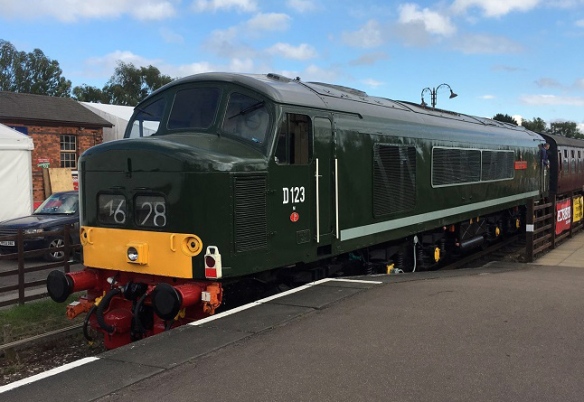
 The last steam engine, and the one I most wanted to see was also was the most elusive however I did manage to catch it. The huge (by British Standards) Class 9F 92214 ‘Leicester City’. It was built at Swindon in October, 1959.
The last steam engine, and the one I most wanted to see was also was the most elusive however I did manage to catch it. The huge (by British Standards) Class 9F 92214 ‘Leicester City’. It was built at Swindon in October, 1959.


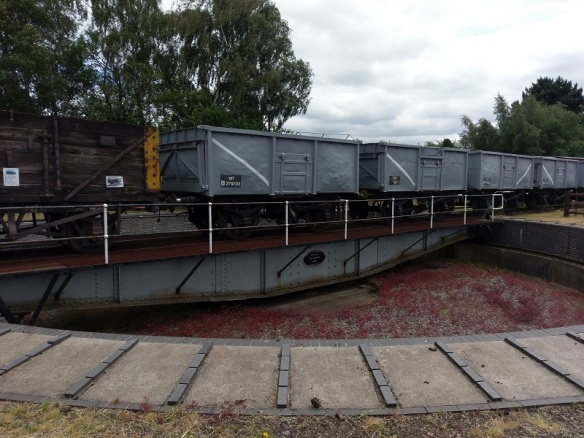
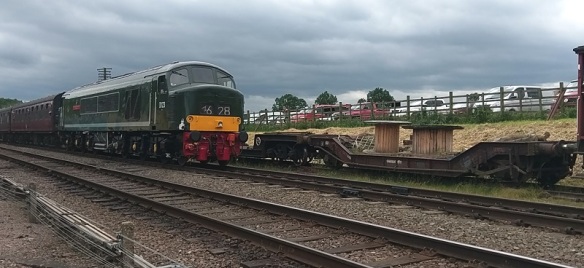

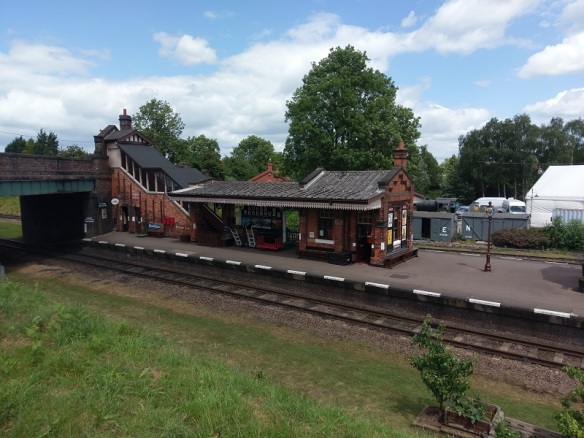










You must be logged in to post a comment.